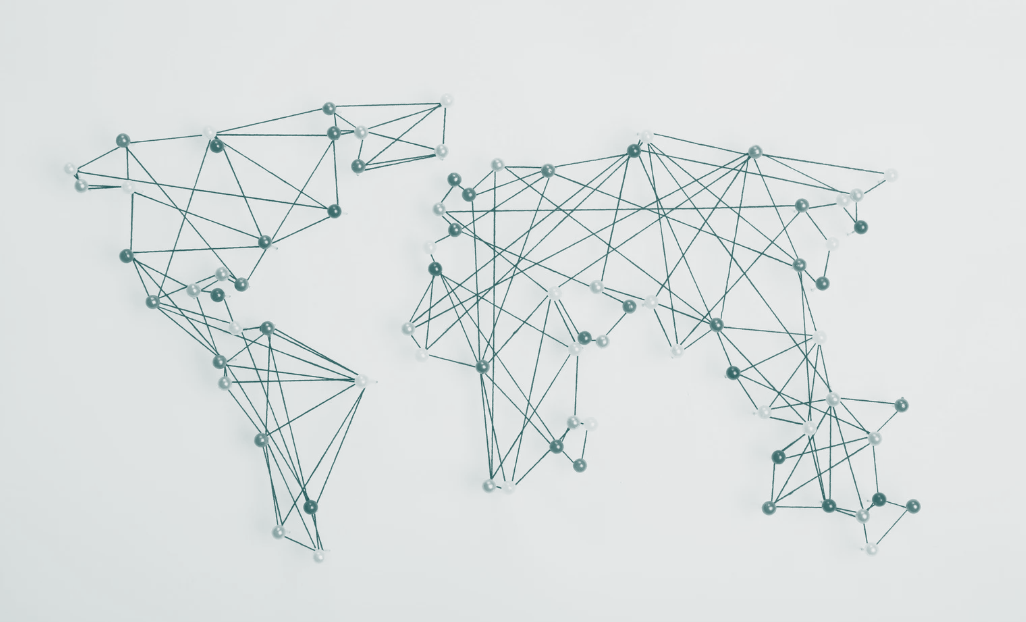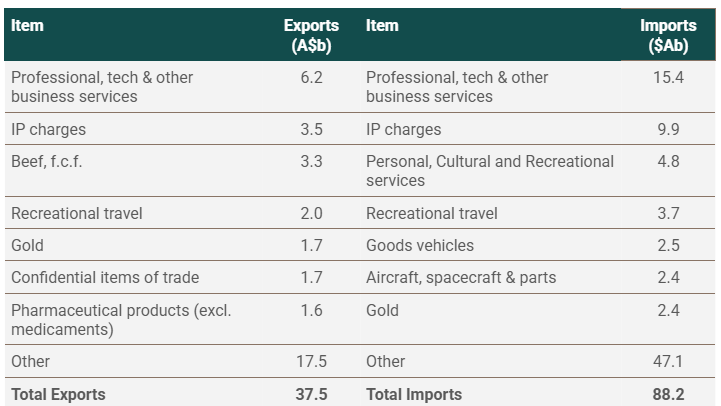BRIEF: The tariff debate ignores Australia’s digital dependence
- Publisher : Venture Insights
- Publish Date : March 14, 2025

Abstract: Australia’s tariff debate is missing the real issue. Our dependence on US technology and digital services is the real economic vulnerability, not steel and aluminium. While we fixate on minor tariffs, Australia imports A$88.2 billion from the US while exporting only A$37.5 billion, with IP charges and tech services alone costing A$25 billion annually. Meanwhile, US tech giants continue raising prices, locking Australian businesses and telcos into an expensive dependency.
If Australia wants to correct the trade imbalance, it must target digital imports, invest in local tech, and break free from the licensing trap before it’s too late.
The misplaced debate: steel and aluminium are a sideshow
While politicians focus on steel and aluminium tariffs, they are ignoring the much larger trade issue: our overwhelming dependence on US technology, software licenses, and digital services.
The political focus on Trump’s 25% tariff on Australian steel and aluminium is misguided. Australia’s steel and aluminium exports to the US are worth only a few hundred million dollars a year—a minor figure in overall trade.
Meanwhile, Australia imports over A$88.2 billion from the US, while only exporting A$37.5 billion, leaving us with a trade deficit of more than A$50 billion.
Figure 1: Australia’s goods and services trade with United States, 2023-24

Source: Venture Insights, DFAT, ABS
The real imbalance? Technology and digital services
- Australia paid A$9.9 billion in intellectual property (IP) charges to the US in 2023-24. This means nearly A$10 billion is spent annually just to access software, patents, and proprietary technology.
- We imported A$15.4 billion in professional, technical, and business services, much of which relates to US-based cloud computing, IT infrastructure, and consultancy services.
- Streaming, social media, and digital advertising services from US companies such as Google, Meta, Netflix, and Microsoft are extracting billions from Australia’s economy without creating equivalent value locally.
- US tech companies are increasing prices on licences and cloud services, effectively locking Australian businesses and telcos into a high-cost dependency model where we pay more but own nothing.
Options for retaliation
While Canada and Europe have introduced counter-tariffs against the latest US protectionist measures, Australia has chosen not to respond – so far.
If the government were serious about responding (while trade imbalances) it could:
- Introduce tariffs on digital services—putting a cost on the A$18.5 billion Australia spends on software, streaming, and advertising fees.
- Invest in Australian technology—instead of relying on the US for cloud computing, AI, and IT services, Australia should develop sovereign alternatives.
- Reduce dependence on foreign software—companies such as Microsoft, Adobe, and Oracle are increasing prices while maintaining ownership of the customer relationship, sidelining Australian telcos and IT firms.
- Address market power of US-based tech platforms such as AWS, Google and Azure.
The bigger issue: digital dependence and economic sovereignty
Australia is allowing US tech giants to extract billions from the economy while failing to build a competitive domestic alternative. Figure 2 below shows total digital imports, almost all of which come from United States companies.
Instead of focusing on steel and aluminium tariffs, the real questions should be:
- Why is Australia spending around A$8 billion a year just to access US-owned technology?
- Why are we not protecting and investing in our own digital industries?
- Why do we allow US companies to control our IT, software, and cloud infrastructure, only to incur higher costs and diminished sovereignty?
This is not just a trade problem—it is a long-term economic and strategic risk. If Australia does not act now, it risks becoming permanently dependent on US technology, with little control over its own digital future.
Figure 2 Imports of digital services, historic (A$m)

Source: Venture Insights, ABS
Notes: These are the annual imports of combined EBOPS 8.1.1 (Licenses to produce and/or distribute computer software services), 10.2.2 (Advertising, market research and public opinion polling), 11.1.2 (Audiovisual services n.i.e) and also include small revisions for 2023-24 outside of digital services.
About Venture Insights
Venture Insights is an independent company providing research services to companies across the media, telco and tech sectors in Australia, New Zealand, and Europe.
For more information go to www.ventureinsights.com.au or contact us at contact@ventureinsights.com.au
